Introduction
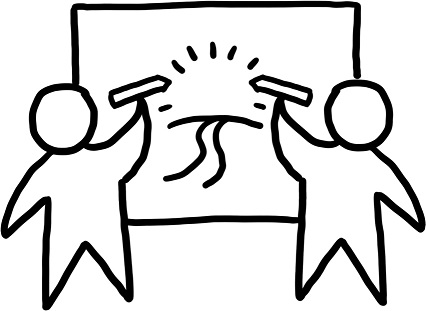
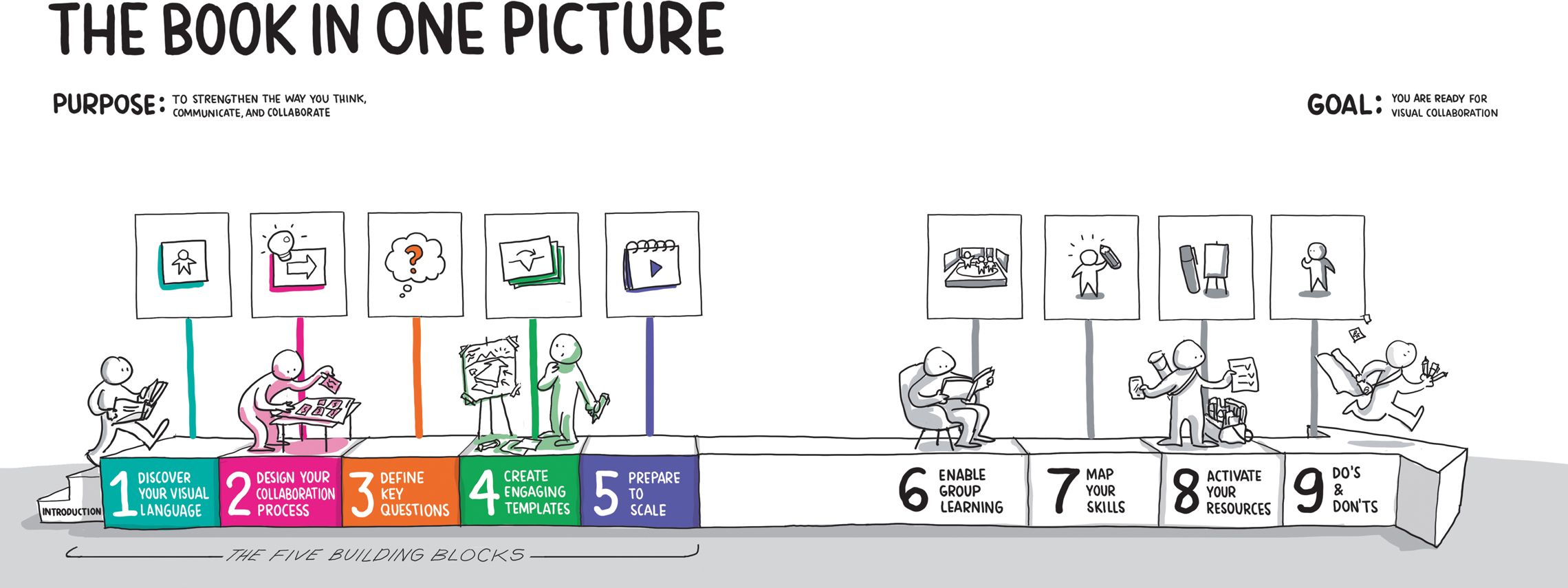
Why draw?
Drawing is an age-old discipline that we all can learn and which the brain grasps faster than it does speech or text. When we draw, we create clarity, and in a digital world, handmade drawings stand out.
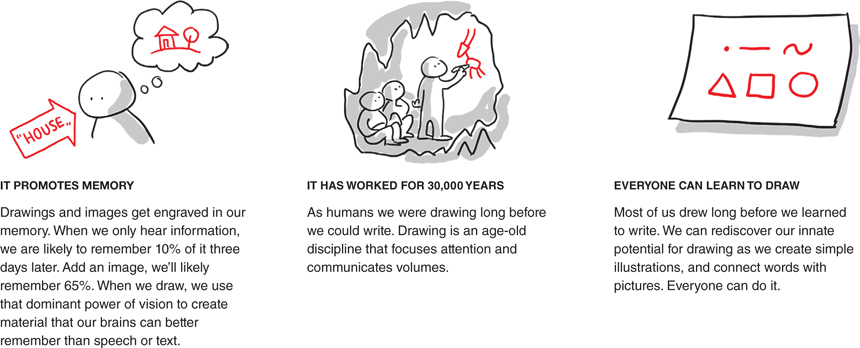
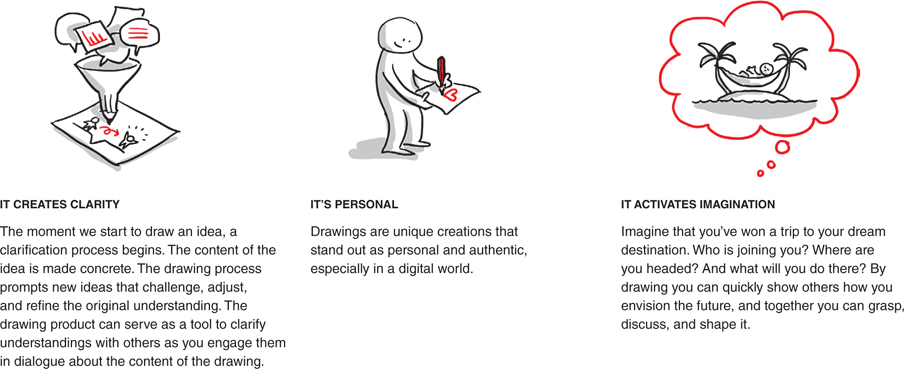
Who can draw and where?
Everyone can use drawing as an effective tool for communication. Technology has given us new means to draw, adjust, and share our drawings with one another.
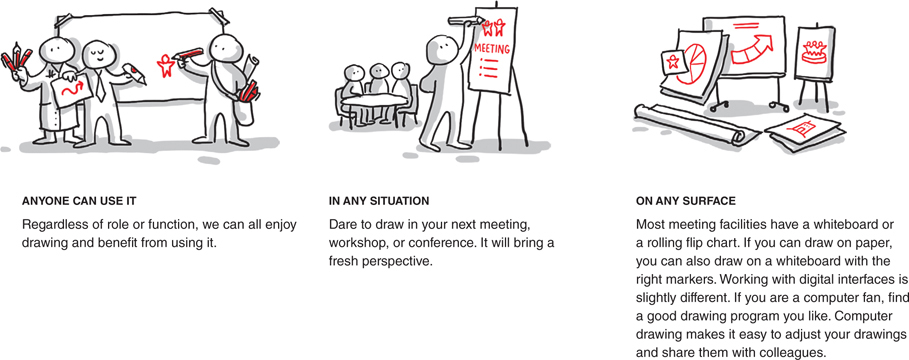
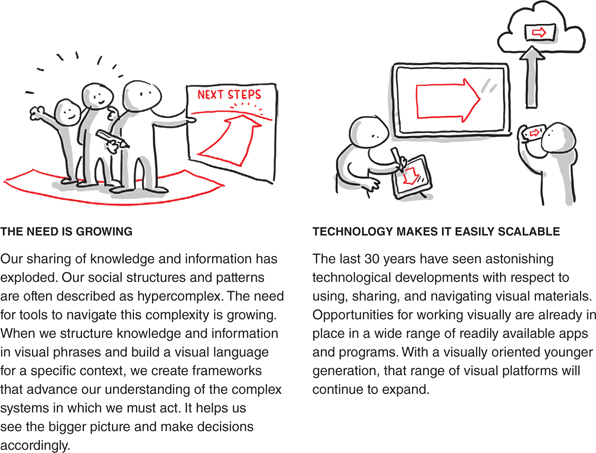
Why draw together?
To see the bigger picture, we need a greater knowledge base than we see on our own. Visual collaboration is when we draw together to learn from other perspectives and build shared responsibility and ownership. Drawing together can create a common language across cultures, positions, and national borders.
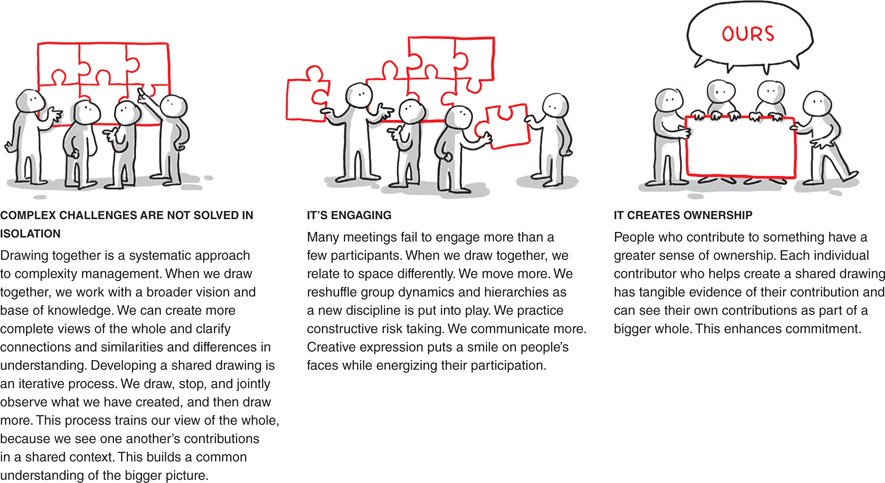
Vocabulary for Visual Collaboration
Visual Collaboration ...
Get Visual Collaboration now with the O’Reilly learning platform.
O’Reilly members experience books, live events, courses curated by job role, and more from O’Reilly and nearly 200 top publishers.

